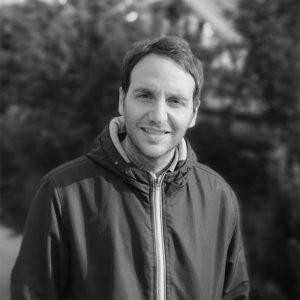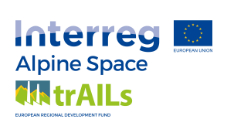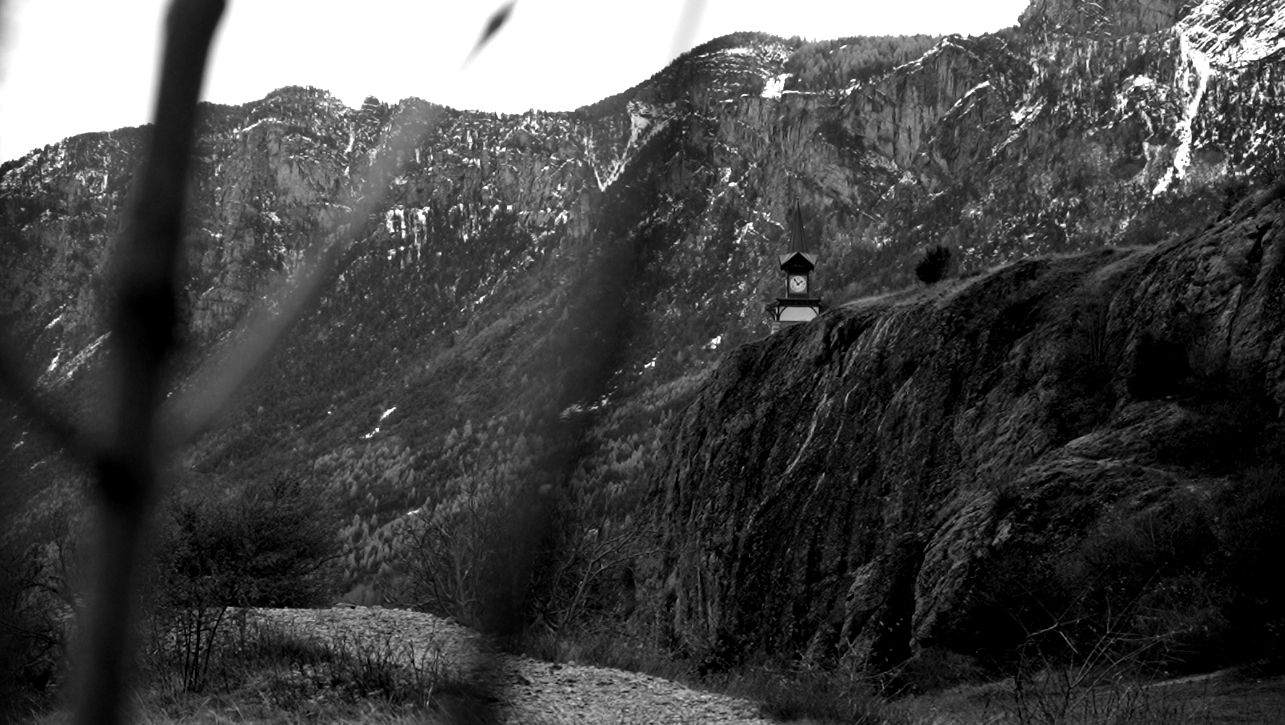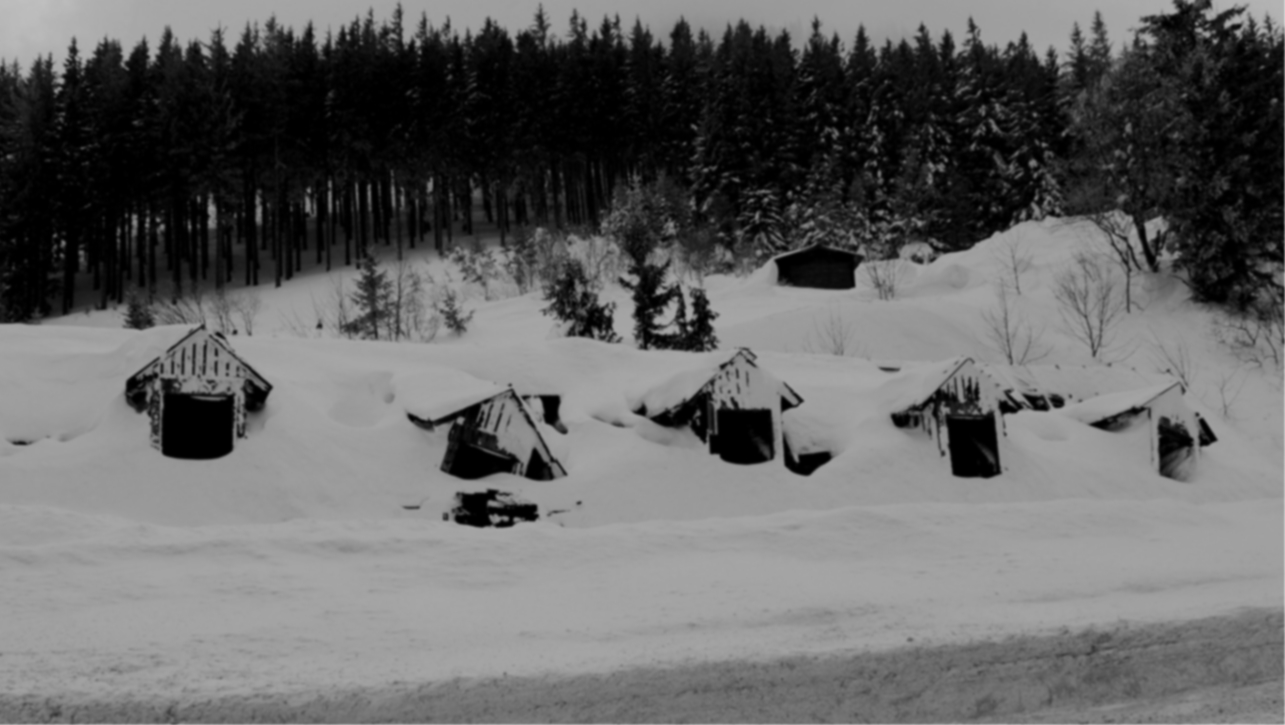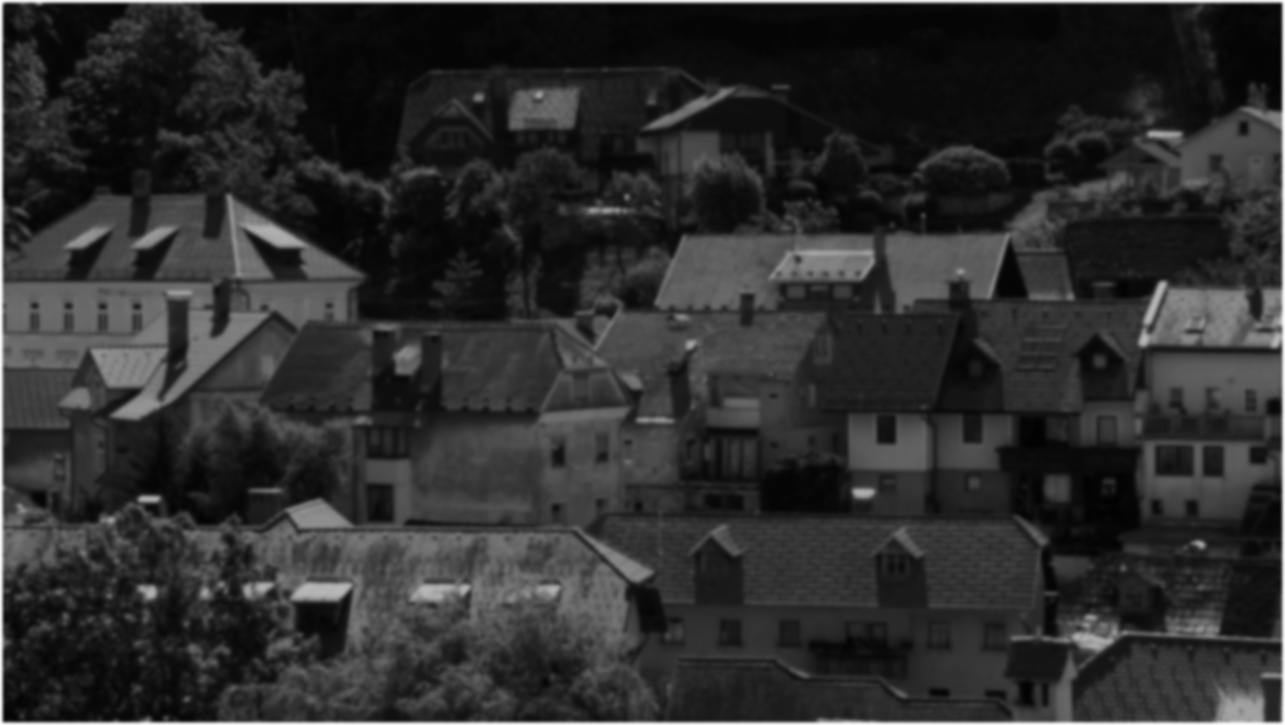RESEARCH NUMBERS
0
pilot site
0
researchers
0
interviews
0
respondents
0
years
0
KM traveled
PROJECT CASE STUDIES
RESEARCH HIGHLIGHTS
“Industrial modernity, with its portents of exploitation of primary resources and (often) expropriation of the social, cultural and symbolic plexuses of the highlands, crossed the Alps like a meteor in the time between the end of the 19th century and, at best, the end of the 20th century. The result was a series of imposing and clumsy models of development that radically transformed communities accustomed to slow transformations for centuries and that suddenly disappeared with the same speed with which they appeared. It’s surprising, but only up to a point, to note similar experiences in transnational contexts which, at times, seem to differ only in the different regimes of temporality which have marked the decline of industrial history. That golden age today leaves behind a lot of material and symbolic rubble and the need for an analysis of the layers of meanings that come with industrial dismantling in the communities affected by it. Through this prism, we are going to present the results of our work.”
Moving Mountains, 2021
SOCIO-DEMOGRAPHIC PROFILE
Population trend
(%)
-35,0%
Eisenerz since 2002+8,9%
Borgo S.Dalmazzo since 2002-0,4%
L'Argentière-la-Bessée since 2002-2,9%
Tržič since 2002SOCIAL COHESION
Residents are satisfied with their life
(average value, min 0 – max 4)
3,6
3,2
3,3
3,1
THE FUTURE OF THE SITE
Young people associate their professional future with the transformation of the industrial site
(% of respondents)
75,1%
67,7%
61,0%
43,8%
ATTITUDES TOWARD THE SITE
Requalification of site is considered to be a good opportunity for the local economy
(% of respondents)
96,1%
80,2%
45,3%
76,0%
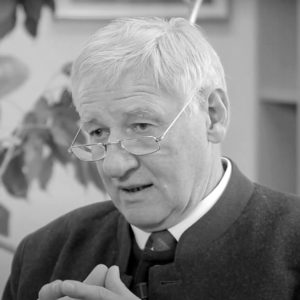
There is one, especially after the Second World War, only one bread giver...That was the mountain.

Fortunately there’s Italcementi, otherwise what would I have done in Andonno with two cows and nine in the family?
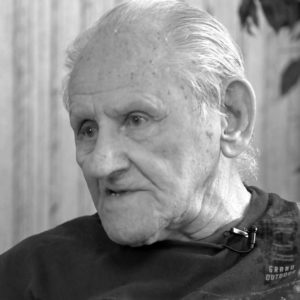
When the Pèchiney pensioners are all gone...What will remain? What will be left?

What has remained will continue...Beacause it's tied to our resources, so wood and water. Water used to be used for power, now it's for drinking.
MOVING ALPS - FINAL VIDEO
“Understanding means entering into the meanings that people give to their actions and placing them within broader and shared horizons of meaning that allow the comprehension of the phenomenon.
For this research we started from an assumption that has guided our work, that is the idea, that needed to be verified, that the Alpine area has a cultural, social, symbolic and perhaps even economic uniformity that makes it a homogeneous space, beyond geographic and national borders.
We found some very clear answers to our hypothesis. I was very surprised that pretty much all the respondents reported very similar statements, sometimes even using the same words.”
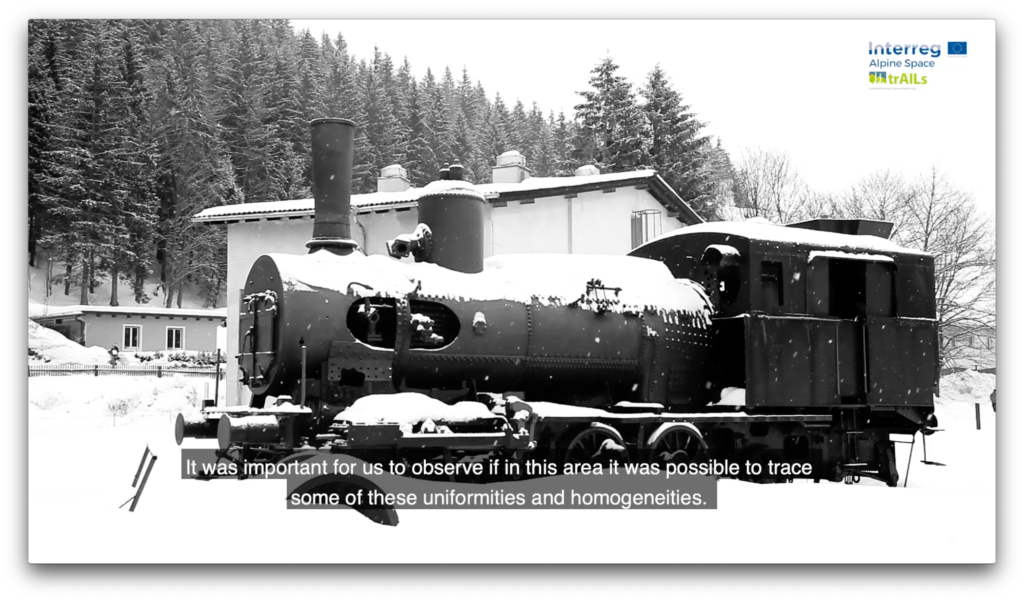
MOVING ALPS - FORTHCOMING PUBBLICATION
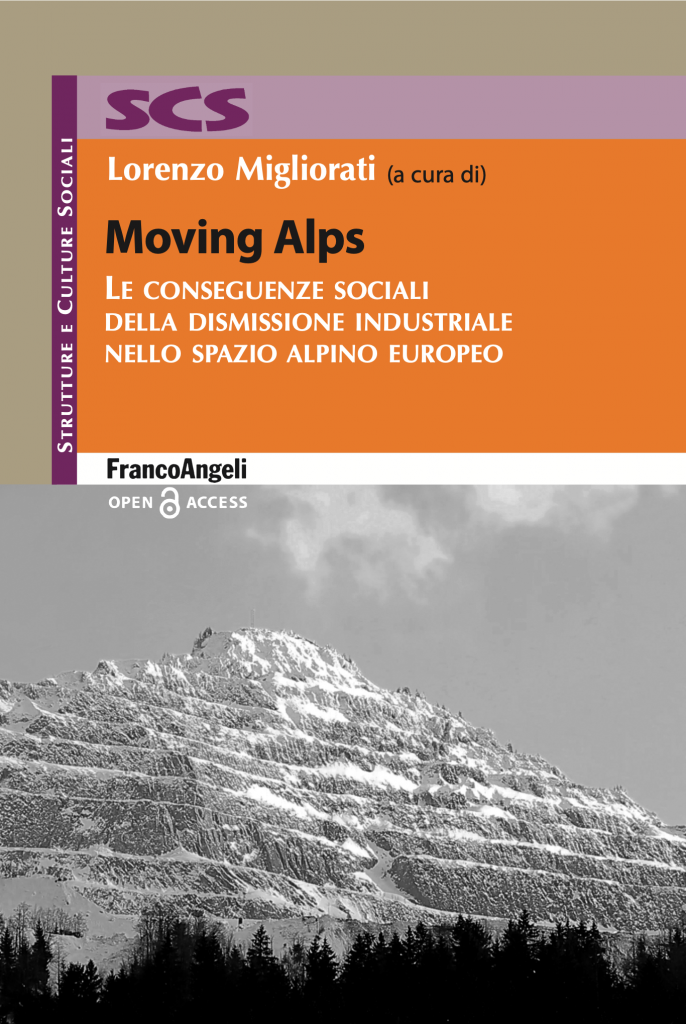
Moving alps, The social consequences of the deindustrialization in the European Alpine Space.
The Alps are victims of a double commonplace. A misunderstood romanticism, nourished by more than a century of tourist postcards, looks at them according to the stereotype of the locus amœnus of the beautiful, the pure and the uncontaminated; while an equally stereotyped “urban-centric” vision considers them isolated, inaccessible spaces and a border between distant worlds. In reality, the Alpine space is complex, sophisticated, “not a barrier, but a hinge” between eight nations, one hundred regions, more than six thousand municipalities and thirteen million people.
Moving Alps is the account of a transnational cooperation project financed by the European Union and the story of a journey that lasted three years, more than seven thousand kilometers in four European Alpine communities that we describe as cultural landscapes, starting not from the geraniums on the natural wood balconies, but from the back of the store: through the prism of the social consequences of the processes of deindustrialization.
Industrial modernity, with its legacy of exploitation of primary resources and often of expropriation of traditional social, cultural and symbolic systems, passed through the Highlands like a meteor between the nineteenth and twentieth centuries.
The result was a series of imposing and clumsy developmental movements that radically transformed communities accustomed to slow change for centuries and that faded with the same speed with which they arose. That golden age now leaves behind much material rubble, but above all social and cultural rubble, which the affected communities are called upon to overcome in order to plan their future.
RESEARCH TEAM
Scientific direction
Lorenzo Migliorati
Professor of Sociology of Culture and Communication

Researcher
Liria Veronesi
Sociologist, fellow researcher in trAILs

Veronica Polin
Researcher - Department of Economics

Gianluca Lanfranchi
Research Scholarship Holders in trAILs
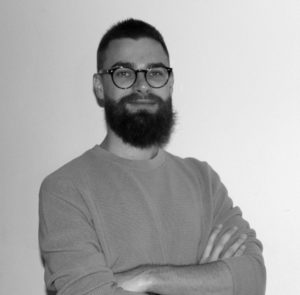
Vincenzo Prete
Economist, fellow researcher in trAILs
